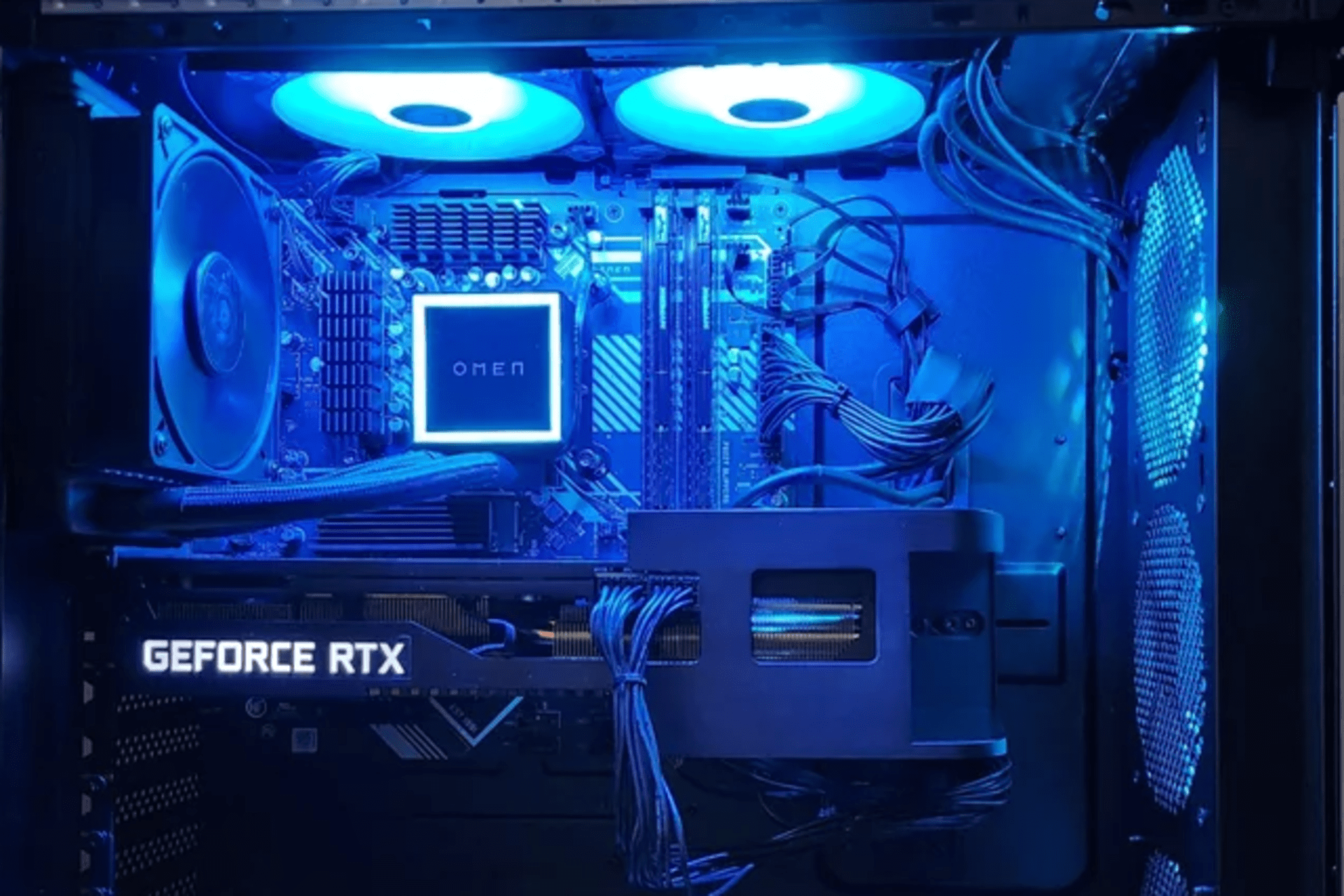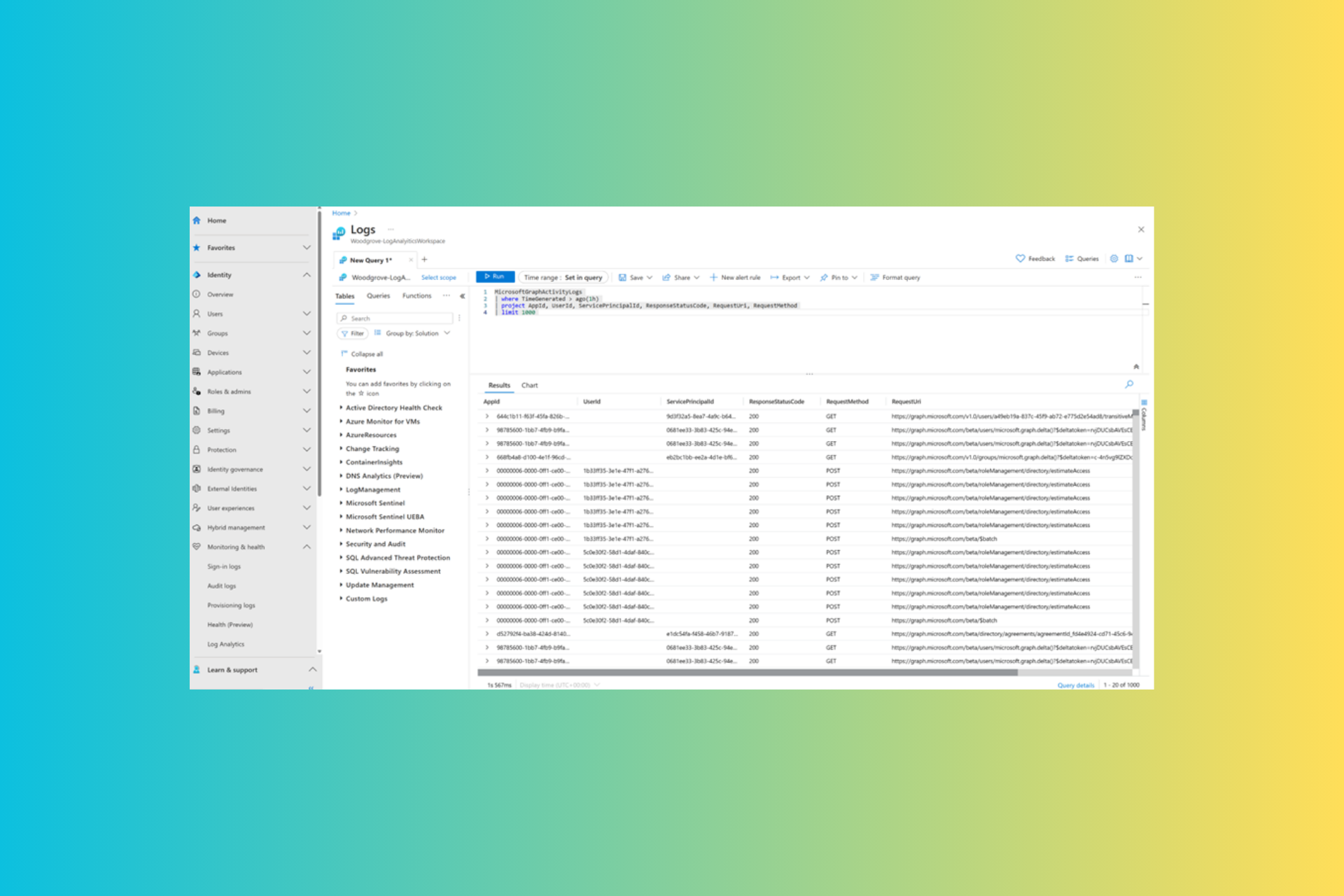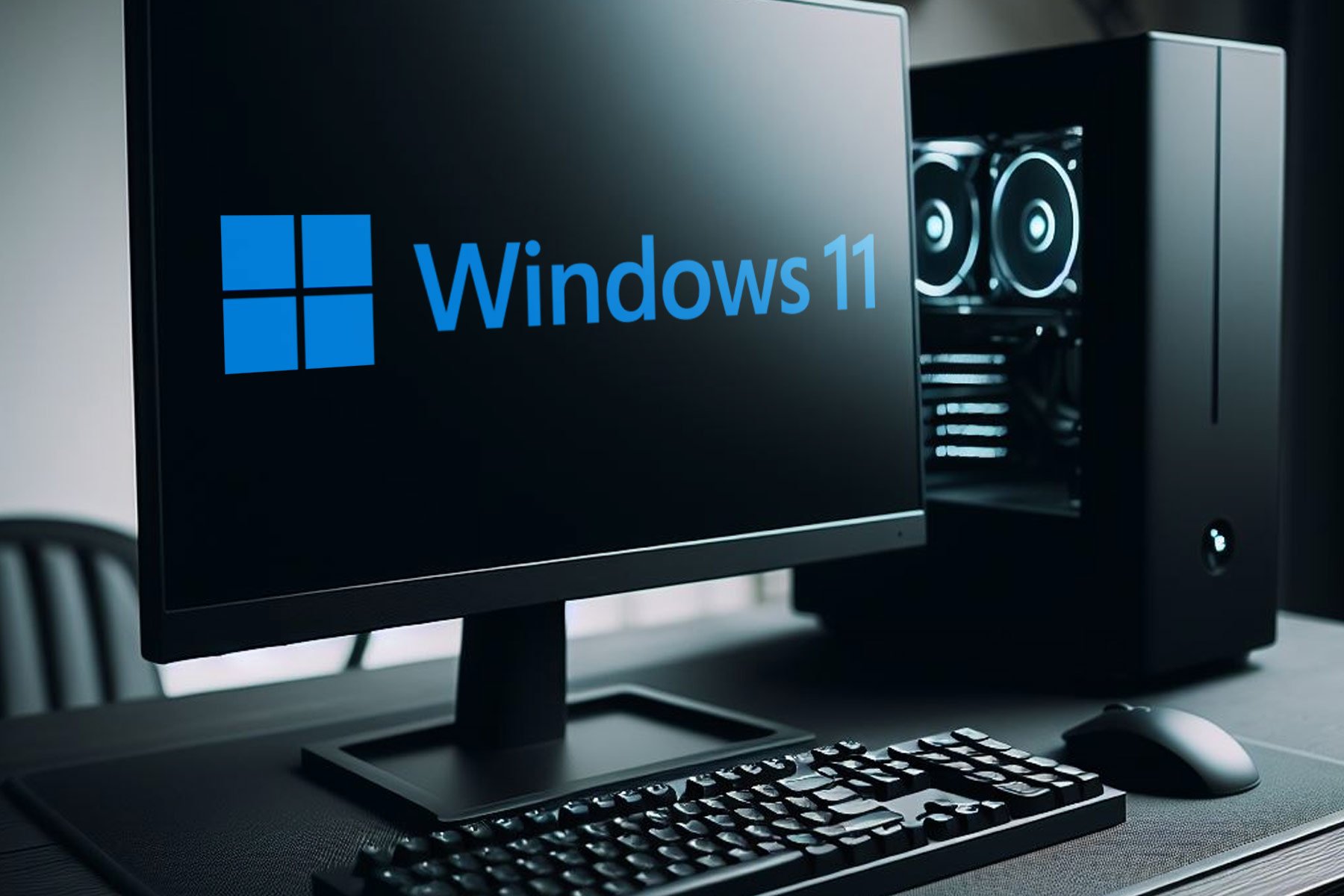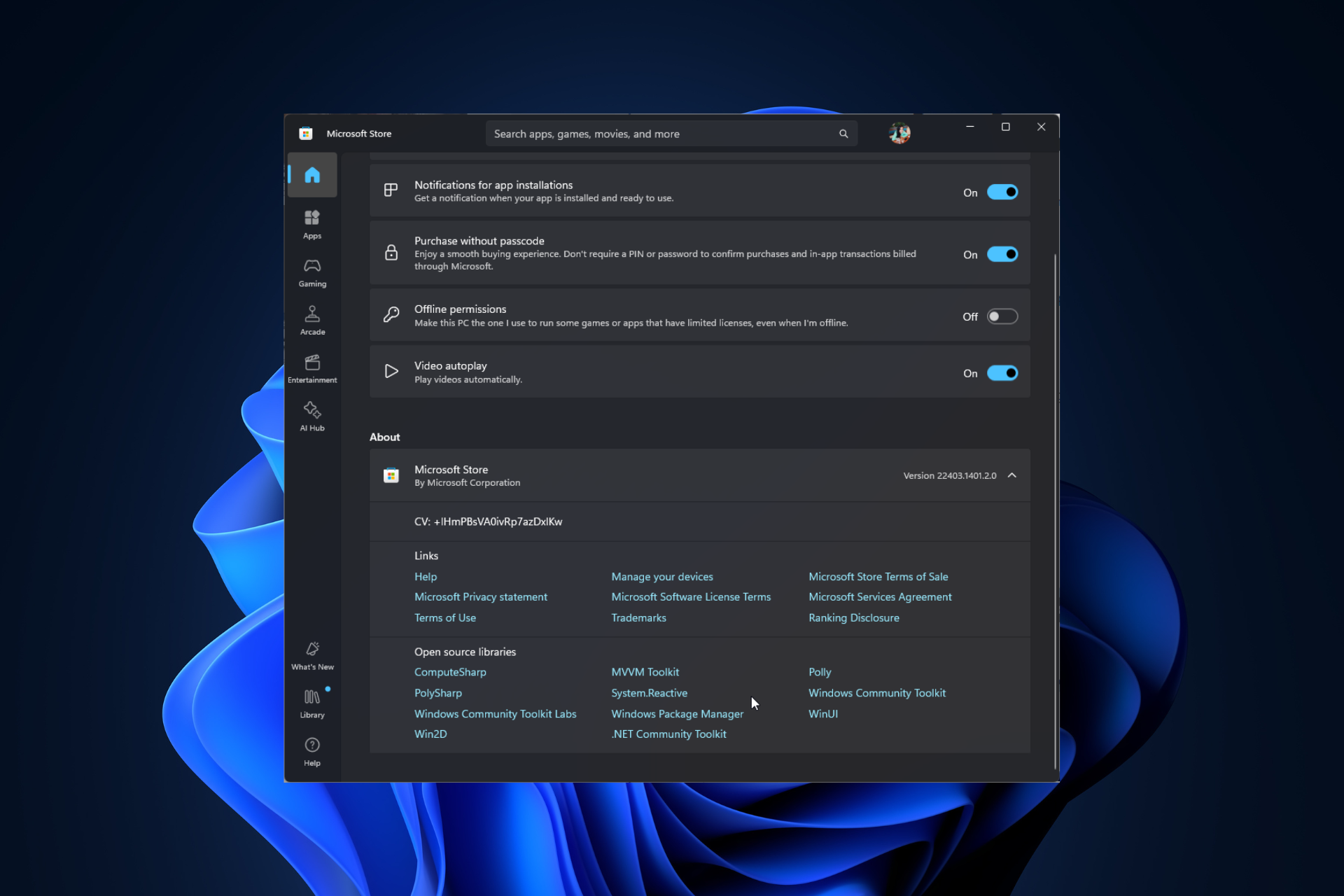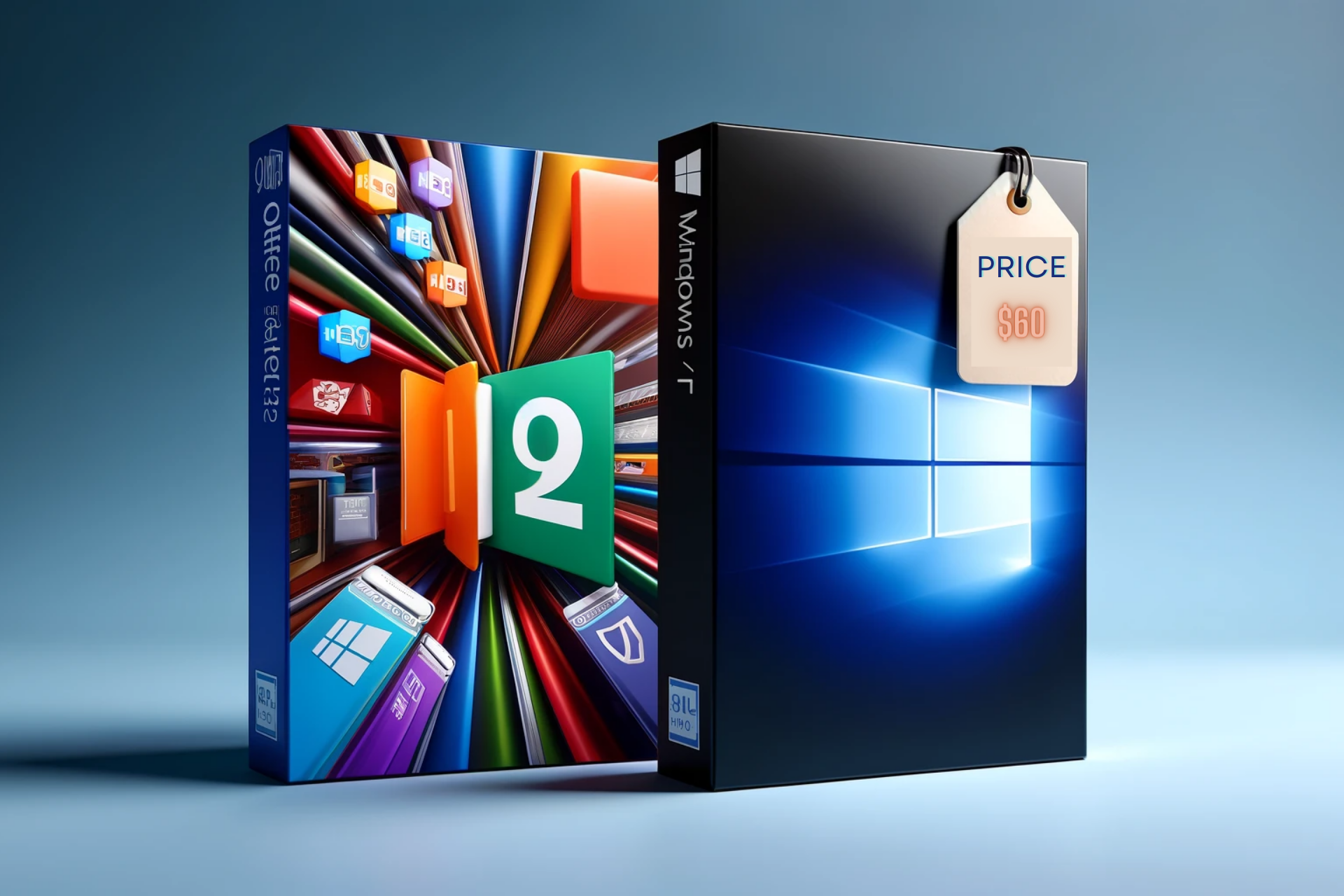Windows 10 Pro for Advanced PCs replaces the classic NTFS file system
2 min. read
Updated on
Read our disclosure page to find out how can you help Windows Report sustain the editorial team Read more

Microsoft’s official documentation regarding Windows 10 Pro for Advanced PCs was leaked on Twitter. Until now, we only knew that Windows 10 build 16212 brought three new Windows 10 SKUs and that Windows 10 Pro for advanced PCs could come with licensing and improvements for the multi-core PCs with petabyte hard drives and large amounts of RAM.
Windows 10 Pro for Advanced PCs
Microsoft refers to Advanced PCs with “Workstation”, and the company seems to be focused on four key features which include the new ReFS file system that arrived alongside Windows Server 2012.
-
Resilient file system
ReFS is the successor of NTFS which was included in Windows the past few years. ReFS involves fault-tolerance and is improved in such a way as better handle large volumes of data and auto-correct. It is also backward compatible with NTFS.
-
Workstation mode
Microsoft will improve the functionality of the operating system to offer maximum performance and reliability in graphics and compute intensive use cases when the mode in enabled.
-
Expanded hardware support
The company is also increasing hardware support in Windows 10 Pro for Workstation, and with it users will be able to run Windows 10 Pro for Workstation on systems with a maximum 4 CPUs while also being able to add up to 16GB of memory.
-
Faster file sharing
Microsoft is including SMBDirect protocol-based file sharing in Windows 10 Pro for Workstation, which will allow higher throughput, lower latency, and lower CPU usage when accessing network shares.
Potential issues
Some users who do Computational Fluid Dynamics on Windows 10 systems have complained about the OS and its update policy because CFD calculations may sometimes take up to several weeks for completion and the experience of returning to the workstation to find that Windows 10 crashed the job because it updated the OS isn’t very appealing. These kinds of experiences cam push these users towards Linux, so Microsoft must definitely fix this issue.
Microsoft will most likely bring more features for this high-end area of the market after discussions and more feedback is provided by its advanced users.
RELATED STORIES TO CHECK OUT:

